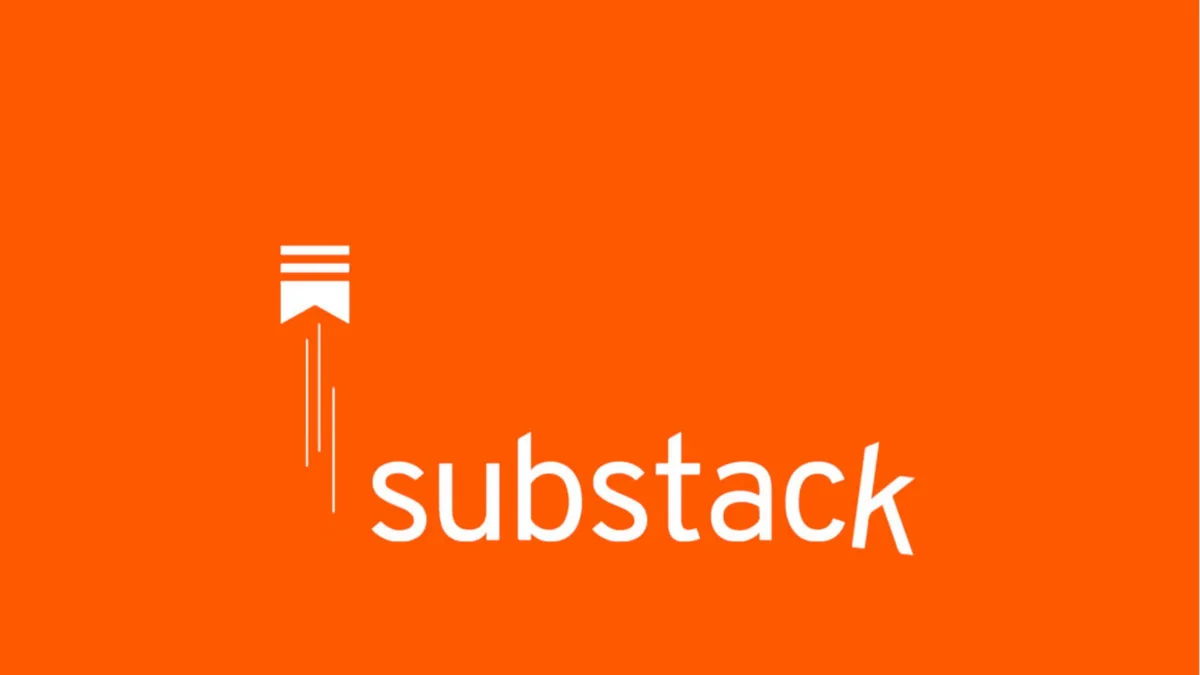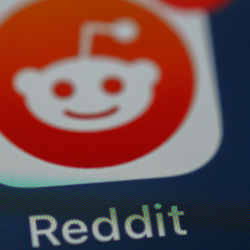In the business world, when one empire falls, another quickly rises to fill the void, pulling its audience along with it. The decline of the traditional media landscape has been made obvious recently with waves of layoffs in the news and media industry.
In January, Pitchfork, the beloved home of independent music criticism, laid off 5% of its staff. The Los Angeles Times laid off 20% of its newsroom, while Sports Illustrated let most of its editorial staff go — and the list goes on. While traditional media outlets are crumbling, a new medium for long-form writing has been steadily rising. Part of its success? Putting people’s agency, both creators’ and readers’, at the centre of its model.

Creators’ quest for stability and ownership
Launched in 2017, Substack blends the nostalgia of early internet blogs with a powerful newsletter model, catering to creators’ desire for ownership over their work and audience. On social media, building an audience can take years, only to be disrupted by algorithm changes or a nationwide ban looming over the app. Substack’s newsletter model gives creators a stable platform: email lists allow them to fully own their audience and migrate out of the platform whenever they choose. The sense of control granted to writers on the platform is made even more evident by its subscription system, allowing them to choose between setting paywalls, accepting reader support, or offering free content. But this agency goes both ways: readers can choose which writers to support and access content freely on blogs where writers don’t set a paywall, a privilege non-existent in traditional media outlets.
The wave of layoffs made many prominent journalists and writers realise they were not in control of their employment, pushing many to create their own Substack platforms, including journalists like Matt Taibbi and Bari Weiss. Even prominent authors like Luke Jennings, the writer of Killing Eve, and Salman Rushdie, who plans to write his next book on the platform, are establishing themselves on Substack.
Democratising media
The media world has traditionally been gatekept. In the UK, 80% of journalists come from privileged backgrounds, while in the US, 67% are white. The prevalence of unpaid internships and the need for a strong network make it a hard career to enter without an economic advantage or sheer luck. Substack conquered its audience with the promise to break these barriers, offering a platform where writers need only an internet connection to build their careers. The platform’s social media-esque algorithm allows anyone to reach a global audience by interacting with others, promoting their work in a category, or establishing themselves in a niche.
The platform is known for its accessibility and diverse environment, which The Guardian described as an ‘eclectic library of anything and everything.’ While Substack hasn’t shared demographic data on its writers, it has enabled writers of colour to establish prominent platforms, such as Brendon Holder or Terry Nguyen.
There’s a Substack for nearly every interest you could think of; from learning 12 languages in 12 months to chocolate, but also poetry, fiction, interviews, and literary magazines. Opinionated voices on culture and politics express themselves freely, from Culture Work to Shit You Should Care About. In the fashion community, newsletters are burgeoning, with blogs like The Molehill and FashionTingz.
What’s next?
The other side of the coin is that Substack’s policy of ‘anyone can be a writer’ has recently sparked controversy when this stance led them to publicly defend their choice not to deplatform neo-Nazi blogs. This debate has made many writers question the ethics of using a platform with such loose moral boundaries, pushing a wave of writers to leave the platform, including prominent tech writer Casey Newton.
Another strategic move that frustrated Substack users was the introduction of short-form video content. Substack allegedly deployed this to build onto their audio formats and make the platform more engaging. But when the audience realised that, after introducing Notes — a concept similar to Twitter — Substack seemed to be trying to compete with TikTok, the move was not well received.
After several missteps and an obvious change of direction for the platform, which doesn’t seem as dedicated to long-form writing as it used to be, the newsletter landscape seems even more open than before to new actors. Platforms like Ghost, WordPress, and Beehiiv are recent examples of competitors that have been steadily growing.
But whether Substack falls or not, its model will have shown that there are other possibilities for long-form writing, paving the way for a media landscape where creators and users have the power over their platform.
Featured image: Substack


















